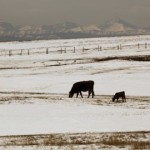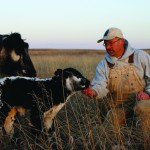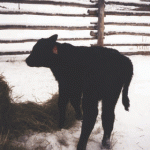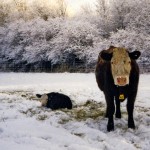With cattle prices at historic highs, it’s important to get the 2015 calf crop off to a great start and minimize sickness and death. Most cattle producers know that colostrum is important for calves; this article will briefly review background information regarding colostrum, and provide some practical tips. Colostrum is a critical source of antibodies, […] Read more










